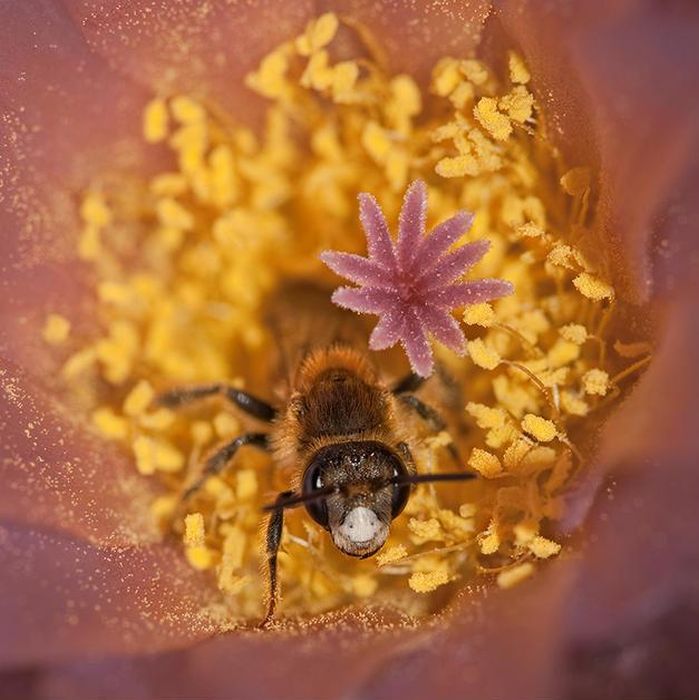|
|
Insect Macro Photography
|
The majority of insects hatch from eggs. The fertilization and development takes place inside the egg, enclosed by a shell (chorion). Some species of insects, like the cockroach Blaptica dubia, as well as juvenile aphids and tsetse flies, are ovoviviparous. The eggs of ovoviviparous animals develop entirely inside the female, and then hatch immediately upon being laid. Some other species, such as those in the genus of cockroaches known as Diploptera, are viviparous, and thus gestate inside the mother and are born alive. Some insects, like parasitic wasps, show polyembryony, where a single fertilized egg divides into many and in some cases thousands of separate embryos.
Other developmental and reproductive variations include haplodiploidy, polymorphism, paedomorphosis or peramorphosis, sexual dimorphism, parthenogenesis and more rarely hermaphroditism. In haplodiploidy, which is a type of sex-determination system, the offspring's sex is determined by the number of sets of chromosomes an individual receives. This system is typical in bees and wasps. Polymorphism is the where a species may have different morphs or forms, as in the oblong winged katydid, which has four different varieties: green, pink, and yellow or tan. Some insects may retain phenotypes that are normally only seen in juveniles; this is called paedomorphosis. In peramorphosis, an opposite sort of phenomenon, insects take on previously unseen traits after they have matured into adults. Many insects display sexual dimorphism, in which males and females have notably different appearances, such as the moth Orgyia recens as an exemplar of sexual dimorphism in insects.
Some insects use parthenogenesis, a process in which the female can reproduce and give birth without having the eggs fertilized by a male. Many aphids undergo a form of parthenogenesis, called cyclical parthenogenesis, in which they alternate between one or many generations of asexual and sexual reproduction. In summer, aphids are generally female and parthenogenetic; in the autumn, males may be produced for sexual reproduction. Other insects produced by parthenogenesis are bees, wasps, and ants, in which they spawn males. However, overall, most individuals are female, which are produced by fertilization. The males are haploid and the females are diploid. More rarely, some insects display hermaphroditism, in which a given individual has both male and female reproductive organs.
Insect life-histories show adaptations to withstand cold and dry conditions. Some temperate region insects are capable of activity during winter, while some others migrate to a warmer climate or go into a state of torpor. Still other insects have evolved mechanisms of diapause that allow eggs or pupae to survive these conditions.
|
|









